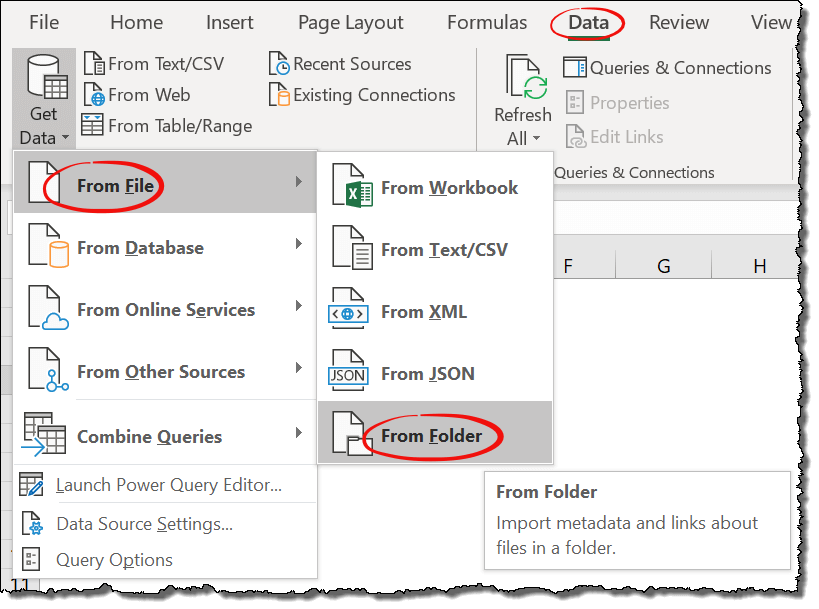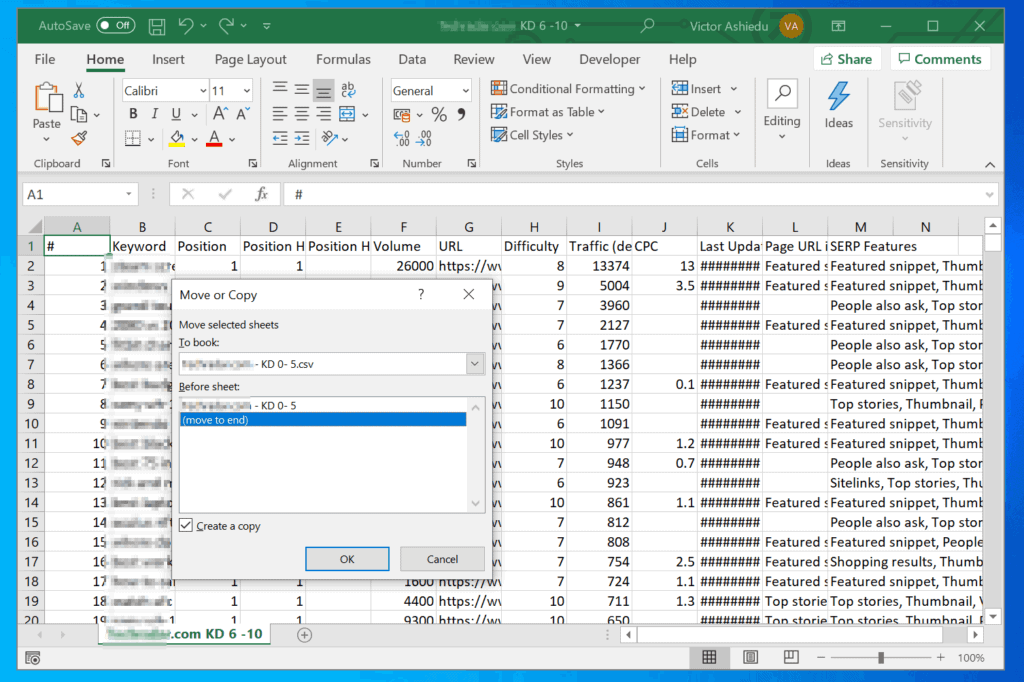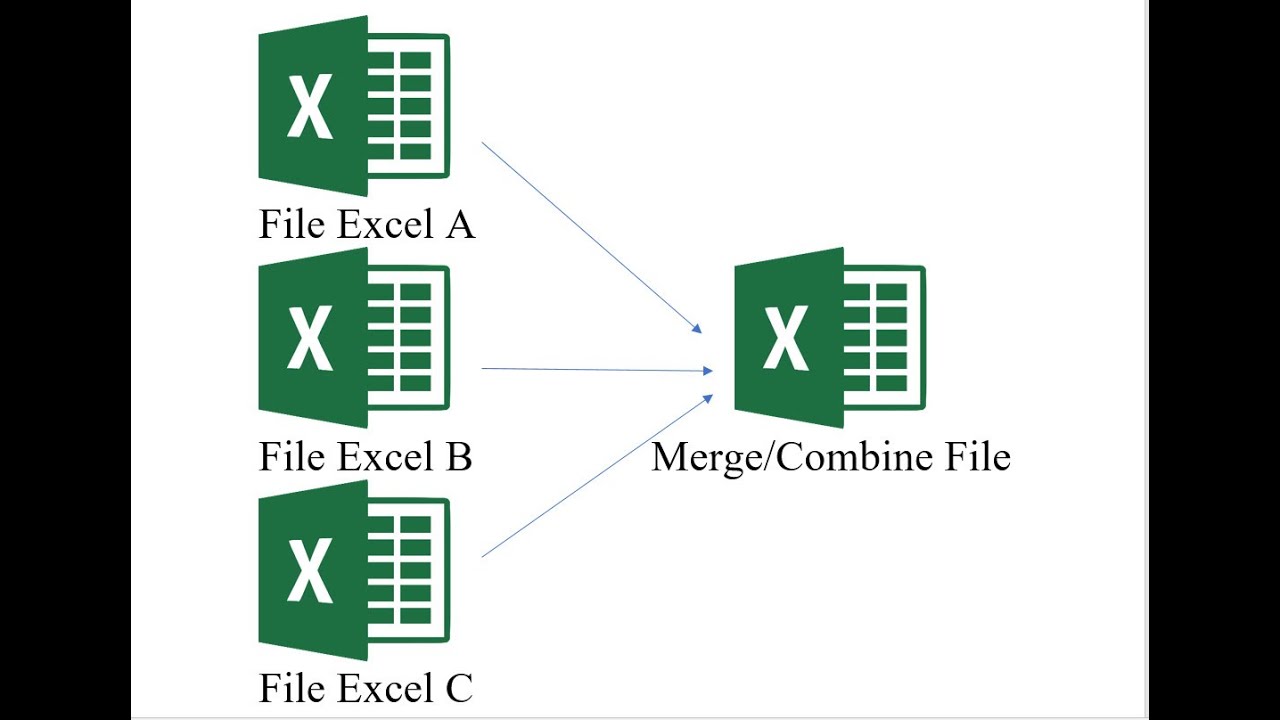3 Ways to Combine Excel Files

Excel, the ubiquitous spreadsheet software, is an indispensable tool for businesses and individuals alike. Its versatility and power allow users to organize, analyze, and present data efficiently. However, one common challenge arises when dealing with multiple Excel files: how to combine them seamlessly and effectively. In this article, we will explore three practical methods to merge Excel files, offering a comprehensive guide to streamline your data management process.
Method 1: Consolidate Data Using Excel’s Consolidate Function

The Consolidate feature in Excel is a powerful tool designed specifically for combining data from multiple sources into a single summary. This method is particularly useful when you have multiple Excel files, each containing similar data structures but with varying data points. Here’s a step-by-step guide to consolidating data using Excel’s built-in function.
-
Open a New Excel File: Begin by opening a fresh Excel workbook. This will serve as your destination file, where the consolidated data will reside.
-
Select a Destination Cell: Choose a cell in your new workbook where you want the consolidated data to appear. This will act as the starting point for your summary.
-
Navigate to the Data Tab: Click on the "Data" tab in the Excel ribbon. Here, you will find various data analysis tools, including the "Consolidate" function.
-
Click on Consolidate: In the "Data Tools" group, click on the "Consolidate" button. This will open a dialogue box where you can specify the parameters for consolidation.
-
Select the Function: In the "Consolidate" dialogue box, choose the appropriate function for your data. Common functions include SUM, AVERAGE, COUNT, MAX, and MIN. Select the function that best represents your data's nature.
-
Select the Data Range: Click on the "Reference" button to select the range of cells in your Excel files that you want to consolidate. You can select multiple ranges by holding the Ctrl key while clicking on different ranges.
-
Choose the Top Row and Left Column: If your data has headers in the top row or the left column, check the corresponding boxes in the "Consolidate" dialogue box. This ensures that Excel recognizes and includes these headers in the consolidated data.
-
Add Labels: You can choose to add labels to the consolidated data. Select the "Create links to source data" option if you want to maintain a connection between the consolidated data and the original files. This allows for easy updates if the source data changes.
-
Click OK: Once you have set up the consolidation parameters, click "OK" to execute the consolidation. The selected data from your multiple Excel files will be combined into the destination cell, with the chosen function applied.
The Consolidate function is ideal for scenarios where you have similar data structures across multiple files, and you need a summary or aggregation of that data. It simplifies the process of merging Excel files, ensuring accuracy and efficiency.
Method 2: Merge Excel Files Using VBA Macros

Visual Basic for Applications (VBA) is a powerful programming language embedded in Excel. It allows users to automate tasks and create custom functions. When it comes to merging Excel files, VBA macros can be a game-changer, offering a customizable and automated solution. Here’s how you can utilize VBA to combine Excel files.
-
Open the Excel File with VBA Enabled: Start by opening an Excel file with the Developer tab enabled. To enable the Developer tab, go to File > Options > Customize Ribbon, and check the "Developer" box.
-
Navigate to the Developer Tab: Click on the "Developer" tab in the Excel ribbon. Here, you will find various tools for working with VBA and macros.
-
Click on Visual Basic: In the "Code" group, click on the "Visual Basic" button. This will open the Visual Basic Editor, where you can create and edit macros.
-
Insert a New Module: In the Visual Basic Editor, go to Insert > Module to insert a new module. This is where you will write your VBA code to merge Excel files.
-
Write the VBA Code: In the module, paste the following VBA code, which is designed to merge multiple Excel files into a single workbook:
Sub MergeExcelFiles() Dim SourceFiles As Variant Dim SourceWorkbook As Workbook Dim TargetWorkbook As Workbook Dim TargetSheet As Worksheet Dim i As Long ' Set the path to the folder containing the source Excel files SourceFiles = Application.GetOpenFilename(FileFilter:="Excel Files (*.xls*), *.xls*", MultiSelect:=True) If TypeName(SourceFiles) = "Boolean" Then Exit Sub Set TargetWorkbook = ThisWorkbook Set TargetSheet = TargetWorkbook.Sheets("Sheet1") ' Change "Sheet1" to the desired target sheet name For i = LBound(SourceFiles) To UBound(SourceFiles) Set SourceWorkbook = Workbooks.Open(SourceFiles(i)) SourceWorkbook.Sheets(1).Copy After:=TargetSheet ' Adjust sheet number if necessary SourceWorkbook.Close SaveChanges:=False Next i MsgBox "Files merged successfully!", vbInformation End Sub -
Save the Macro: Save the VBA code and close the Visual Basic Editor.
-
Run the Macro: Go back to your Excel workbook and click on the "Macros" button in the "Developer" tab. Select the "MergeExcelFiles" macro and click "Run". This will initiate the merging process, combining all the selected Excel files into the target workbook.
Using VBA macros provides a flexible and automated approach to merging Excel files. You can customize the code to suit your specific needs, such as selecting different sheets, handling headers, and managing data types.
Method 3: Combine Excel Files with Power Query
Power Query, an add-in for Excel, offers a powerful and user-friendly way to combine and transform data from various sources, including Excel files. It provides a visual interface for data manipulation, making it accessible to both beginners and advanced users. Here’s how you can leverage Power Query to merge Excel files.
-
Enable Power Query: If you haven't already, enable the Power Query add-in. Go to File > Options > Add-Ins, and select "COM Add-Ins" from the Manage dropdown. Check the box for "Microsoft Power Query for Excel" and click "OK" to enable it.
-
Open Power Query Editor: In your Excel workbook, click on the "Data" tab. In the "Get & Transform" group, click on "Get Data", and select "Blank Query". This will open the Power Query Editor, where you can perform data manipulation.
-
Add Excel Files: In the Power Query Editor, click on "From File" and select "From Folder". Browse to the folder containing the Excel files you want to merge. Select the files and click "OK". Power Query will import the data from all the selected Excel files.
-
Combine Data: In the Power Query Editor, you will see a table for each Excel file. To combine them, select one of the tables, and then go to the "Home" tab. Click on "Combine" and select "Append Queries". This will bring up a dialogue box where you can choose the tables to append.
-
Choose Tables to Append: Select all the tables you want to combine and click "OK". Power Query will merge the data from the selected tables into a single table.
-
Load to Excel: Once the data is combined, go to the "Home" tab in the Power Query Editor and click on "Close & Load". This will load the merged data into your Excel workbook.
Power Query simplifies the process of merging Excel files, providing a visual interface that guides you through the steps. It offers a range of data transformation tools, allowing you to clean and prepare data before combining it.
Conclusion: Choose the Right Method for Your Needs
Combining Excel files is a common task that can be accomplished in various ways. The three methods outlined in this article—Consolidate function, VBA macros, and Power Query—each have their strengths and applications. The Consolidate function is ideal for summarizing data from similar files, VBA macros offer customizability and automation, and Power Query provides a visual and flexible approach to data manipulation.
By understanding these methods and their unique capabilities, you can choose the most suitable approach for your specific Excel data management needs. Whether you're working with similar datasets or complex data structures, these tools empower you to merge Excel files efficiently and effectively.
Can I combine Excel files with different data structures using these methods?
+Yes, it is possible to combine Excel files with different data structures using VBA macros and Power Query. These methods offer flexibility in handling various data layouts and allow for custom data transformation during the merging process.
Are there any limitations to the Consolidate function in Excel?
+The Consolidate function is best suited for merging data with similar structures and functions. It may not handle complex data transformations or merging files with significantly different data layouts.
Can I automate the process of merging Excel files with VBA macros?
+Absolutely! VBA macros provide an automated approach to merging Excel files. Once you have the VBA code set up, you can run it whenever you need to merge files, making it a time-saving solution for repetitive tasks.
Is Power Query available in all versions of Excel?
+Power Query is available as an add-in for Excel 2010 and later versions. It is not included by default, so you may need to enable it manually. Check your Excel version and follow the steps to enable Power Query if it’s not already available.
Can I merge Excel files from different folders using Power Query?
+Yes, Power Query allows you to merge Excel files from different folders. You can specify multiple folders and even set up a dynamic query that automatically updates when new files are added to those folders.



